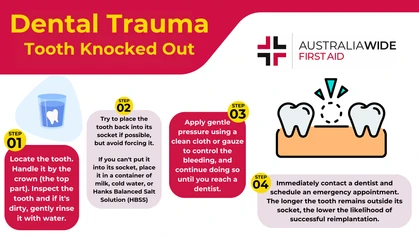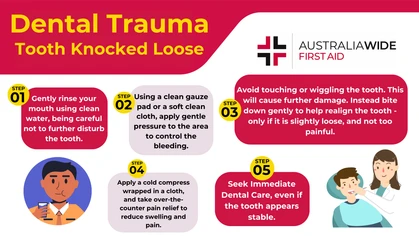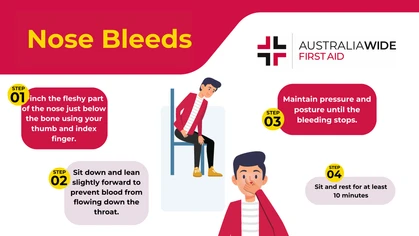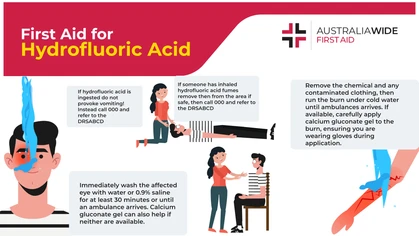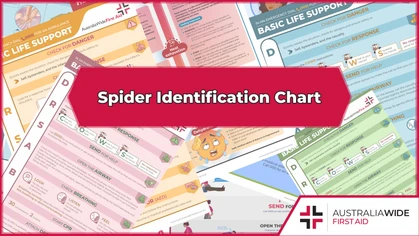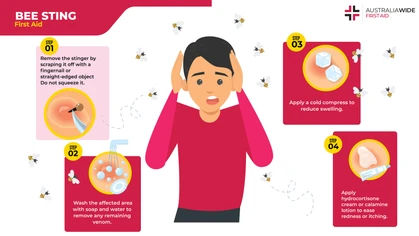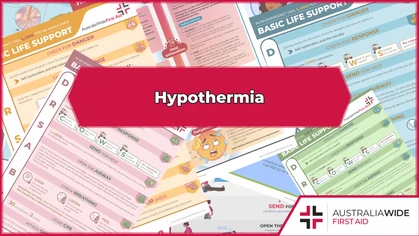First Aid Chart for Frostbite

Charts
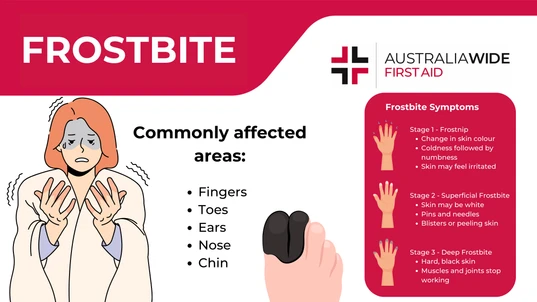 Frostbite describes the condition where the skin, and tissues underneath the skin, freeze. It can occur during prolonged exposure to temperatures at or below 0 degrees Celsius.
Most Australians believe that frostbite is uncommon here. It is important to recognise the signs and symptoms, as it can occur within minutes in extreme cold.
Knowing how to treat frostbite and when to seek medical attention can mean the difference between keeping limbs and amputation.
Please see below for information on how to treat mild to moderate frostbite with first aid.
Our charts can be downloaded and printed in A2 size or smaller.
Frostbite describes the condition where the skin, and tissues underneath the skin, freeze. It can occur during prolonged exposure to temperatures at or below 0 degrees Celsius.
Most Australians believe that frostbite is uncommon here. It is important to recognise the signs and symptoms, as it can occur within minutes in extreme cold.
Knowing how to treat frostbite and when to seek medical attention can mean the difference between keeping limbs and amputation.
Please see below for information on how to treat mild to moderate frostbite with first aid.
Our charts can be downloaded and printed in A2 size or smaller.


Other Resources
Check out the video below for more information on how to provide first aid for Frostbite: The following resources might also be of interest to you:- Frostbite - How to Recognise the Symptoms and When to Seek Help
- First Aid for Hypothermia
- Common Winter Injuries to Watch Out For
- Common Health Issues in Winter
Originally published at
https://www.australiawidefirstaid.com.au/resources/first-aid-chart-for-frostbite
as part of the Australia Wide First Aid Articles Library
